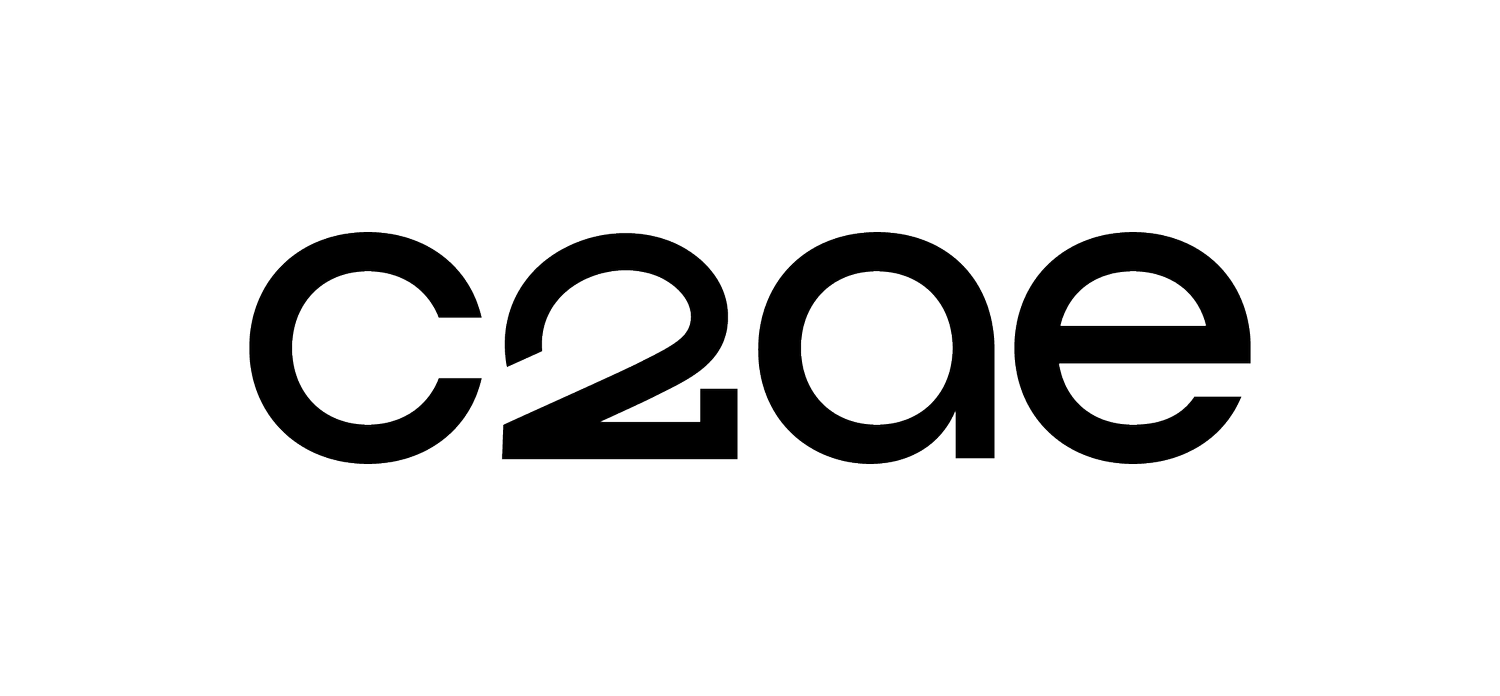Campus GIS: The Missing Link to Effective Master Planning
Your higher education institution has reached the end of its previous 10-year strategic plan. The board is demanding to know where leadership sees the organization moving forward. The top leader decides to convene a team to develop the next strategic plan, incorporating organizational and program goals to build a master plan for facilities that will support the vision. The internal team conducts a national search to select a master planning consultant. This master planner spends significant time and money to develop a plan that reinforces the organizational goals and vision…and then the master plan sits on the shelf, only partially implemented at best.
Does this scenario sound close to home? What went wrong?
In our experience, the master planner in this scenario most likely took the institution’s new-found goals and aspirations and spent significant time outlining a plan for costly new buildings and major additions to existing facilities to serve the purpose of growing the vision. This is because higher educators often lack sufficient information on the assets they already own, such as when certain assets were installed, their current condition, and what has been done to keep them operational. And with the clock already ticking for the master planner to set the vision in motion, the time needed to survey, assess, and document information on existing assets just isn’t there.
The missing link here is the time and approach necessary to acquire knowledge of existing assets ahead of the master planning effort. Over the last 40 years, architects and engineers have spent more time working with communities like villages, towns, or cities to understand their assets, particularly those underground. As geographical information systems (GIS) software has become more robust, asset management plans (AMPs) have also become more robust. GIS is highly scalable, allowing most communities to build their AMPs over time as funding becomes available. AMPs give communities necessary information about the availability and compatibility of existing assets before a new project begins.
As an education leader and architect here at C2AE, I look at a higher education campus through the lens of a community. Campuses have buildings of many types and ages serving a variety of needs for the enterprise. They have pedestrian pathways, parking lots, and roads, some of which the institution may own. Campuses are often also home to green areas or park-like settings and athletic fields, trees, plantings, exterior lighting, emergency phones, fire hydrants, manholes, and underground utilities.
In my 40 years in the architecture and engineering industry, I have witnessed how limited documentation on existing assets can be at colleges and universities, large or small. If campuses are similar to towns and cities, though, these enterprises can use the same GIS software applications and tools to document, track, and provide the valuable feedback of existing assets for future master plans! And they should start the process of data collection and mapping of said data now, before the next master plan request arises.
But if improving the planning process isn’t a convincing enough reason to collect more data on existing assets, surely a more sustainable campus would be. As climate change continues to impact the world and society in growing ways, students and staff have become the conscience for sustainability initiatives across the higher education spectrum. Instead of seeking the next new building on campus, leadership should be looking at existing facilities first. After all, the most sustainable building is one that already exists. To know the physical status of existing buildings and assets on campus can only help the process of figuring out how to modify and use them for a better purpose moving forward.
Higher education institutions can implement a scalable data gathering, data input, mapping, and risk analysis process—one we call Campus GIS—using standard GIS software tools. By creating a user dashboard interface, your institution can identify all of its built and natural assets, map their location on campus, note their service entry date, track their service and maintenance schedule, and record their cost of operation, replacement value, and business risk. Facilities staff can plan and budget for maintenance. Business personnel can understand and make informed plans for capital expenditures. School leaders charged with providing the board with the next strategic vision can develop a master plan that will actually be implemented. Wouldn’t that be a welcome change?
If you are interested in learning more about the best way to understand and work within your existing campus assets, contact me at sandra.march@c2ae.com.
